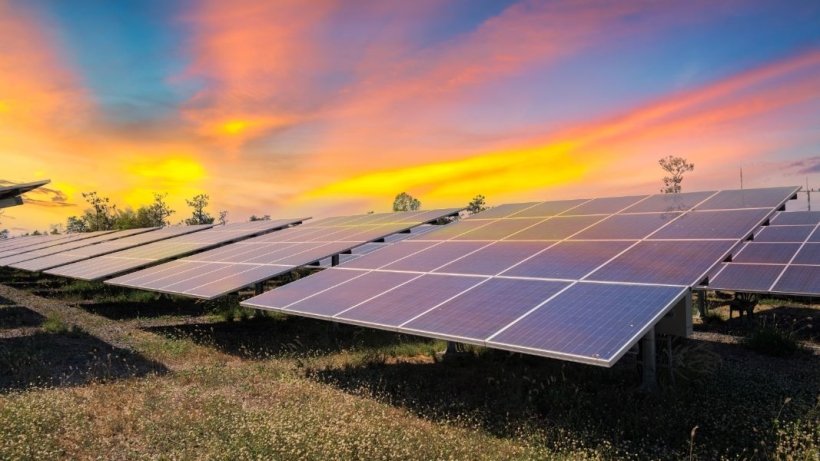What Is an Arid Climate? Characteristics, Regions, and Impacts
Arid climates are defined by their extreme dryness, characterized by very low precipitation and high evaporation rates. Understanding these climates is crucial as they significantly influence ecosystems, human activities, and global weather patterns. This blog will explore the defining characteristics of arid climates, the regions where they are found, and their impacts on both natural and human environments.
1. Definition of Arid Climate
An arid climate is typically defined as a region that receives less than 250 mm (10 inches) of rainfall annually. This lack of moisture leads to a water deficit that severely limits the growth of flora and fauna.
Key characteristics include:
- Very Low Precipitation: Annual rainfall is often below 250 mm, with some areas receiving even less.
- High Evaporation Rates: The combination of high temperatures and low humidity results in significant moisture loss through evaporation.
- Temperature Variations: Arid climates can experience extreme temperature variations, with very hot days and cold nights.
Arid climates differ from semi-arid regions, which receive slightly more precipitation (between 250 mm and 500 mm) and often support more vegetation.
2. Key Features of Arid Climates
Low Precipitation
Arid regions typically receive less than 250 mm of rainfall per year. Rainfall is sporadic and often comes in the form of brief thunderstorms rather than steady precipitation. This variability can lead to flash floods, as the dry soil struggles to absorb sudden downpours[1][4].
Temperature Extremes
Arid climates are known for their temperature extremes. For instance, deserts like the Sahara can see daytime temperatures soaring above 40°C (104°F), while nighttime temperatures can plummet drastically due to the lack of vegetation that retains heat[1][3].
Dry Air and Low Humidity
Low humidity is a hallmark of arid climates, contributing to high evaporation rates that further reduce available moisture. This dry air makes it challenging for plants to thrive without specialized adaptations[1][4].
3. Types of Arid Climates
Hot Arid Climates (Deserts)
Regions such as the Sahara Desert and the Arabian Desert exemplify hot arid climates, characterized by scorching temperatures, minimal vegetation, and sandy soils[1][4].
Cold Arid Climates
Cold arid regions include places like Mongolia’s Gobi Desert and parts of Antarctica. These areas experience low precipitation along with freezing winters, resulting in sparse vegetation adapted to harsh conditions[1][3].
4. Major Regions with Arid Climates
- The Sahara Desert (North Africa): The largest hot desert in the world, known for its extreme heat and vast sand dunes.
- The Atacama Desert (South America): Recognized as one of the driest places on Earth, it receives virtually no rainfall annually.
- The Gobi Desert (Asia): A cold desert known for its harsh winters and significant temperature swings.
- The Southwestern United States: Regions like Arizona and Nevada exhibit hot arid climates with unique ecosystems adapted to low moisture levels.
5. The Impact of Arid Climates on Ecosystems and Human Life
Challenges for Flora and Fauna
Plants and animals in arid environments have evolved remarkable adaptations for survival. For example, cacti store water efficiently, while animals like camels have specialized physiological traits that minimize water loss[2][6].
Human Settlements and Agriculture
Human life in arid regions is marked by challenges related to water scarcity. Agriculture often relies on irrigation techniques and water conservation strategies to cope with limited resources. Nomadic lifestyles are also common in these areas due to the unpredictability of water availability[2][6].
Environmental Concerns
Desertification poses a significant threat as arid conditions expand into semi-arid regions due to climate change. This process exacerbates water scarcity issues for both human populations and wildlife[6][7].
FAQs
What is the difference between arid and semi-arid climates?
Arid climates receive less than 250 mm of rainfall annually, while semi-arid climates receive between 250 mm and 500 mm, allowing for slightly more vegetation growth.
Can people live in arid climates?
Yes, people can live in arid regions by employing various adaptations such as advanced irrigation techniques and sustainable water management practices.
What are the main causes of arid climates?
Aridity is primarily caused by geographical factors such as distance from oceans (which provide moisture), prevailing wind patterns that divert rain, and high evaporation rates due to intense sunlight[6][7].
Is the climate changing in arid regions?
Climate change is intensifying droughts and increasing desertification risks in already dry areas, leading to more severe water scarcity issues[6][7].
What is the difference between a desert and an arid climate?
While all deserts are classified as arid due to their low precipitation levels, not all arid regions qualify as deserts; some may have more vegetation or slightly higher rainfall[1][4].
Conclusion
Arid climates present unique challenges but also showcase remarkable resilience in both ecosystems and human societies. Understanding these environments is crucial for addressing environmental issues such as desertification and promoting effective water conservation strategies. As we face increasing global climate challenges, recognizing the importance of preserving these delicate ecosystems becomes ever more vital.

Kyle Whyte is a notable scholar and professor at the University of Michigan, holding positions such as the George Willis Pack Professor in the School for Environment and Sustainability and Professor of Philosophy. Specializing in environmental justice, his work critically examines climate policy and Indigenous peoples’ ethics, emphasizing the nexus between cooperative scientific endeavors and Indigenous justice. As an enrolled Citizen Potawatomi Nation member, he brings a vital perspective to his roles as a U.S. Science Envoy and member of the White House Environmental Justice Advisory Council. His influential research is supported by various prestigious organizations including the National Science Foundation, and disseminated through publications in high-impact journals. Kyle actively contributes to global Indigenous research methodologies and education, with affiliations to numerous institutes and societies dedicated to traditional knowledge and sustainability. Recognized for his academic and community engagement, Kyle has earned multiple awards and served in various visiting professorships. His efforts extend to leadership positions on boards and committees focused on environmental justice nationwide.
